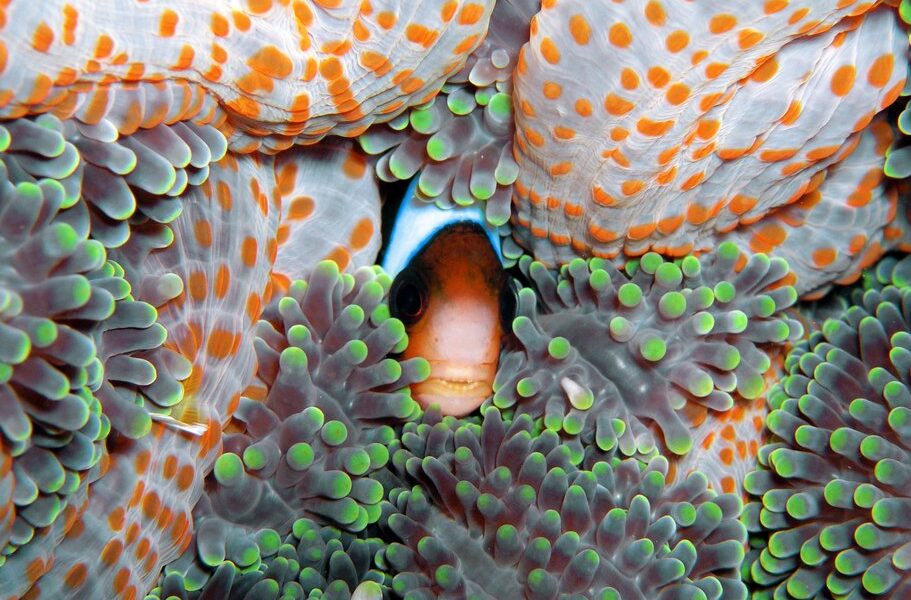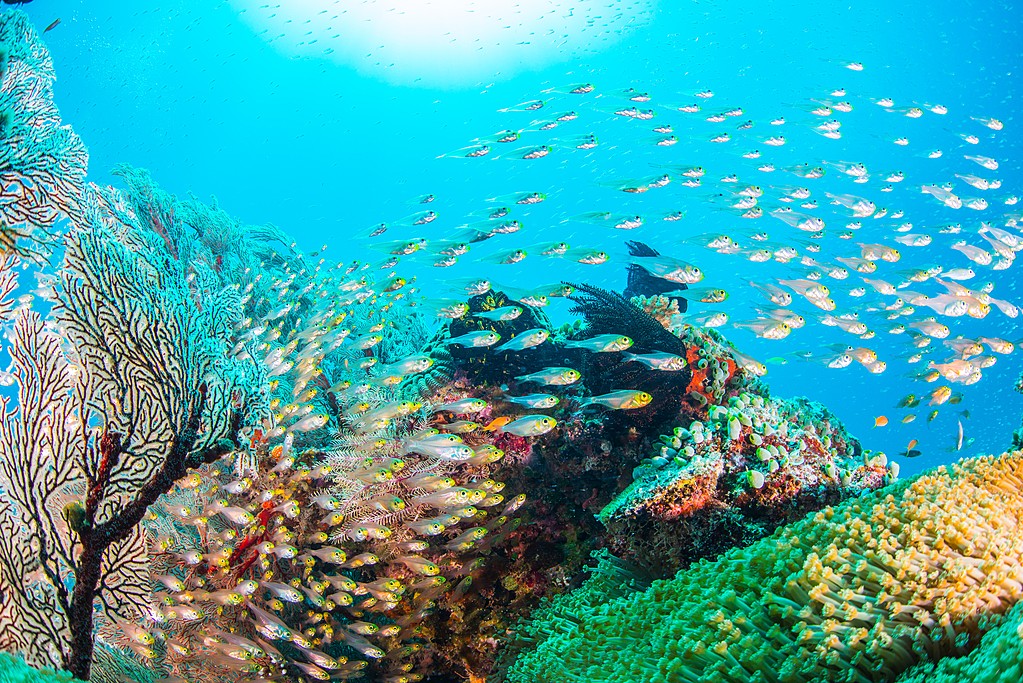
One of Okinawa’s most alluring draws lies not on land, but offshore. Colorful sea life and dramatic coral formations make this Japanese archipelago a world-class destination for snorkeling and diving.
The shimmering, crystal-clear waters that cradle the subtropical Okinawa archipelago have, for many years, been a well-kept secret among Japanese diving enthusiasts. However, the word is now spreading far and wide. Dive enthusiasts from across the globe are now flocking to this region to explore the breathtaking underwater marvels that lie hidden beneath the surface of Japan’s Southwest Islands. This corner of the world offers an unparalleled diving experience, teeming with vibrant marine life and stunning seascapes.
While the coastline of Okinawa-hontō, the main island of the Okinawa prefecture, offers a wealth of opportunities that could easily keep divers occupied for weeks, it’s the lesser-known island groups and individual isles that truly hold some of the most captivating and unique seascapes waiting to be discovered. No matter which location you choose to explore within this island chain, ocean lovers of all skill levels are guaranteed to be enchanted by the consistently warm, pristine, and inviting water. Whether you prefer the gentle ease of wading in from the beach to snorkel amidst the shallow coral reefs, or the more adventurous thrill of embarking on a boat dive alongside magnificent hammerhead sharks and graceful manta rays, there’s something for everyone in this aquatic paradise. The diversity of marine ecosystems ensures an unforgettable experience for every visitor.
So, continue reading to delve deeper into the wonders of six specific islands, and island groups, each offering its own unique and exceptional diving adventures. These locations have been carefully selected to showcase the breadth and depth of the diving opportunities available throughout the Okinawa archipelago. Prepare to be amazed by the sheer variety and beauty that awaits beneath the waves.
## Okinawa: The Big Island, A Hub of Activity
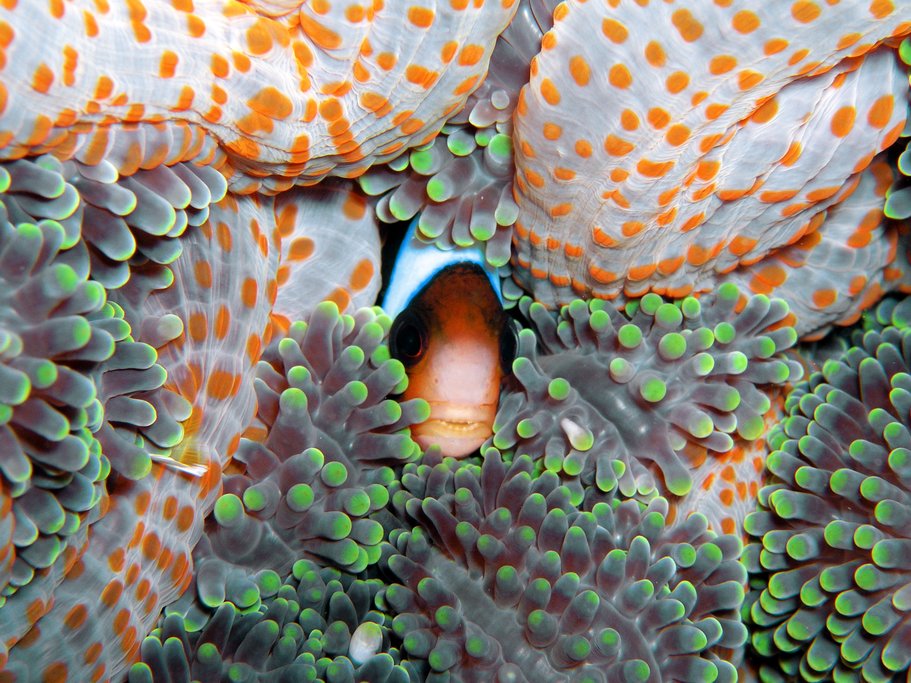
The main island of the Okinawa prefecture, often referred to simply as Okinawa-hontō, stands as the most developed and accessible part of this stunning island chain. The long-standing presence of US military bases has significantly contributed to the development of robust tourism infrastructure, making it particularly convenient for English speakers. This translates to a readily available network of diving and snorkeling tour operators, making it exceptionally easy to arrange trips on the main island itself, as well as to the nearby Keramas, a group of islands we will explore in more detail below. On Okinawa-hontō, you will discover a diverse range of diving experiences, catering to all skill levels. From the gentlest, most beginner-friendly beach dives, perfect for those just starting their underwater journey, to more challenging and advanced spots that boast thrilling wreck dive sites and deep, mysterious caves, Okinawa-hontō truly has it all.
For those new to the world of diving or snorkeling, the Sunabe Seawall, conveniently located near Chatan in the southern part of the island, offers an ideal starting point. This easily accessible seawall is teeming with an abundance of soft corals, creating a vibrant and colorful underwater landscape. The current is minimal, making it a safe and comfortable environment for beginners to explore. Divers here will have the unique opportunity to observe fascinating creatures like garden eels, gracefully swaying in the current, striped lionfish, with their distinctive patterns, and a variety of other intriguing crustaceans. The most consistently popular spot for novice divers and snorkelers alike is Cape Maeda. At Cape Maeda, you’ll be rewarded with glimpses of a kaleidoscope of colorful tropical specimens, including the ever-popular clownfish, known for their playful antics and striking appearance. Snorkelers can also venture into the mesmerizing turquoise waters of the renowned Blue Cave. However, it is important to note that this famous underwater spot, a staple in many guidebooks, tends to become quite crowded, particularly during peak season. Plan accordingly to make the most of your experience.
For more advanced and experienced divers seeking a greater challenge, the USS Emmons, a WWII-era US battleship that met its fate after being sunk by kamikaze fire, rests offshore of Kouri Island at the northern end of Okinawa-hontō. Exploring this historic wreck offers a unique and unforgettable diving experience. Another captivating dive site is the cool, blue Manza Dream Hole, a cave that features a dramatic 75-foot vertical drop. This drop leads through a horizontal tunnel, adding an element of mystery and adventure to the dive. You’ll find the entrance to the Manza Dream Hole near the town of Onna-son, situated on the central section of the island.
## Kerama Islands: A Paradise of Azure Waters
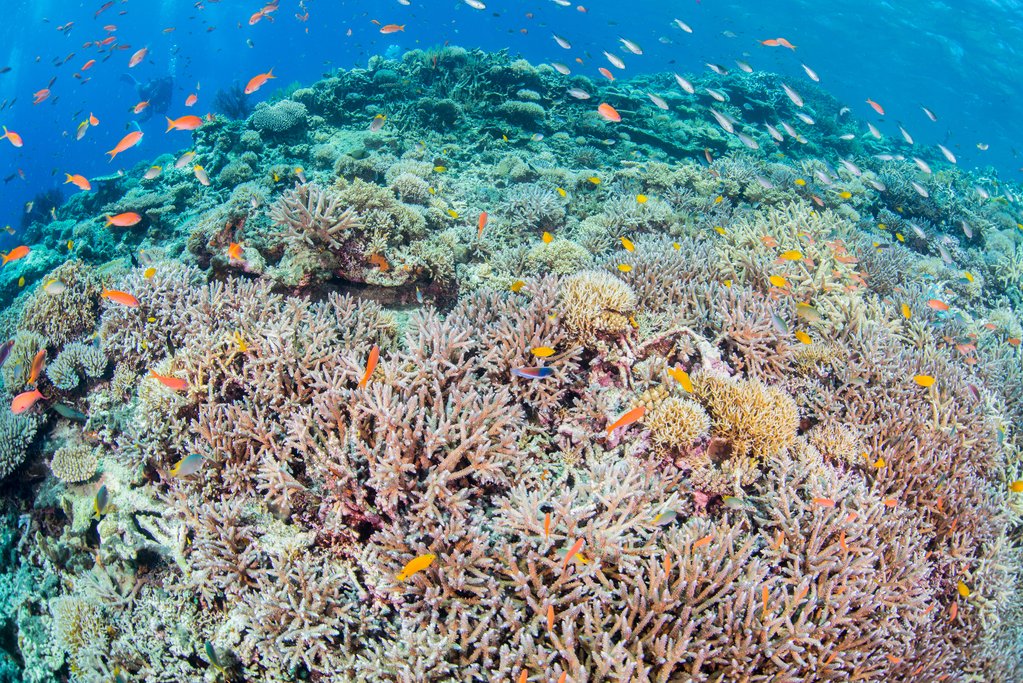
Lying just off the southwestern tip of Okinawa-hontō is the captivating Kerama island group. This archipelago is comprised of several islands, many of which are just a short and convenient ferry ride away from the bustling city of Naha. These tiny, low-key islands offer a welcome escape from the hustle and bustle of city life and are renowned as a popular destination for divers seeking tranquility and underwater adventure. Beyond diving, the Kerama Islands also offer excellent opportunities for whale-watching, providing visitors with the chance to witness the majestic beauty of these marine giants. Of course, simply relaxing on the idyllic beaches is another popular pastime, allowing visitors to soak up the sun and enjoy the stunning natural surroundings.
If your itinerary is tight, it is indeed possible to take a day trip to the Kerama Islands from Okinawa-hontō. However, true dive aficionados will undoubtedly crave more time to fully immerse themselves in the beauty and serenity of this underwater wonderland. Zamami and Tokashiki Islands stand out as the best bases for visitors seeking to explore the Keramas. These islands boast a selection of charming guesthouses specifically catering to divers, as well as scenic villages that offer a glimpse into the local culture and way of life. Furthermore, there are plenty of inviting places to stop, relax, and recharge after a day spent exploring the underwater realm.
In the Kerama Islands, renowned throughout Japan for their strikingly bright and clear “Kerama blue” water, you’ll have the opportunity to spot an array of fascinating marine creatures. These include garden and moray eels, gracefully gliding through the water, grazing sea turtles, peacefully feeding on the seagrass, playful clownfish, darting in and out of anemones, and delicate fan corals, adding a splash of color to the underwater landscape. The Keramas also boast a variety of appealing on-site features to explore, such as natural and artificial reefs, providing shelter and sustenance for marine life, underwater caves, beckoning with mystery and adventure, and dramatic vertical rock formations, creating a visually stunning underwater topography.
## Kume Island: A Haven for Experienced Divers
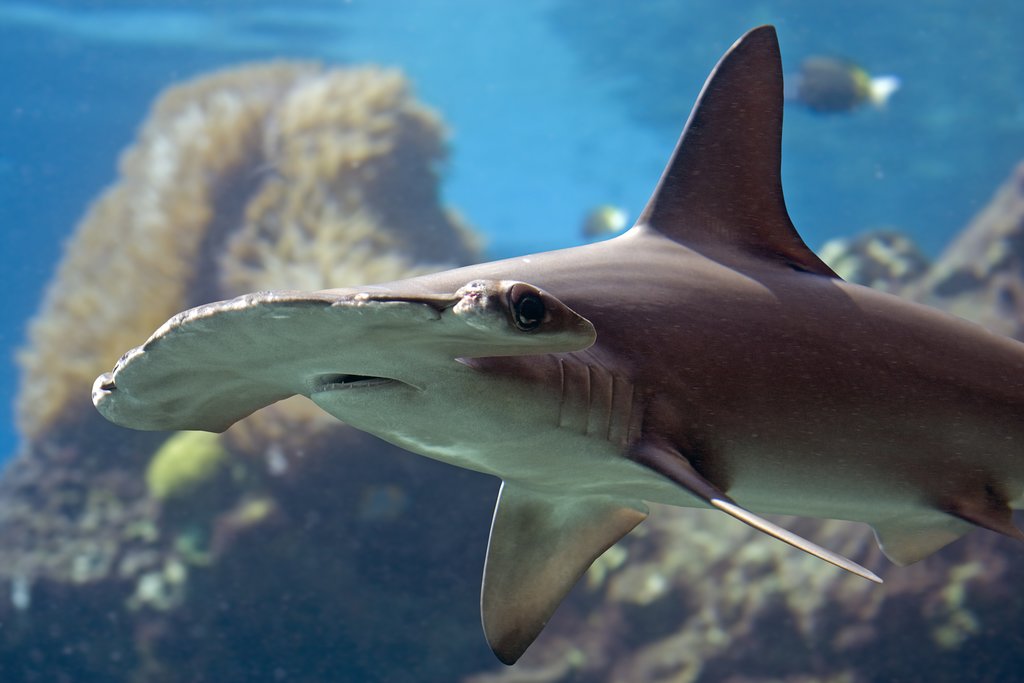
Kume Island is situated further west from the Kerama Islands, approximately 90 miles from Okinawa-hontō. This extra distance translates to an even slower, more relaxed pace of life and a distinct feeling of remoteness. While the pristine white-sand shores and inviting turquoise waters undoubtedly draw beach lovers seeking tranquility, it is the rich underwater wildlife that truly attracts the most discerning divers. Kume Island is a prime location for spotting magnificent creatures such as hammerheads, manta rays, and barracudas, offering unforgettable encounters with these apex predators. If you carefully time your trip to coincide with the months of January to March, you might even be fortunate enough to witness the awe-inspiring sight of a humpback whale migrating through the waters.
However, it is important for beginners to be aware that Kume Island, with its somewhat challenging diving conditions, is best suited to intermediate and experienced divers who possess the skills and confidence to navigate its waters. To access the main dive site, you’ll need to head to the offshore Tonbara Rock, a sharp, uninhabited slab of stone that dramatically protrudes from the surface of the water. This iconic landmark serves as a beacon for divers seeking thrilling encounters with the marine life that congregates around it.
## Miyako Island: Caves, Grottos, and Underwater Arches
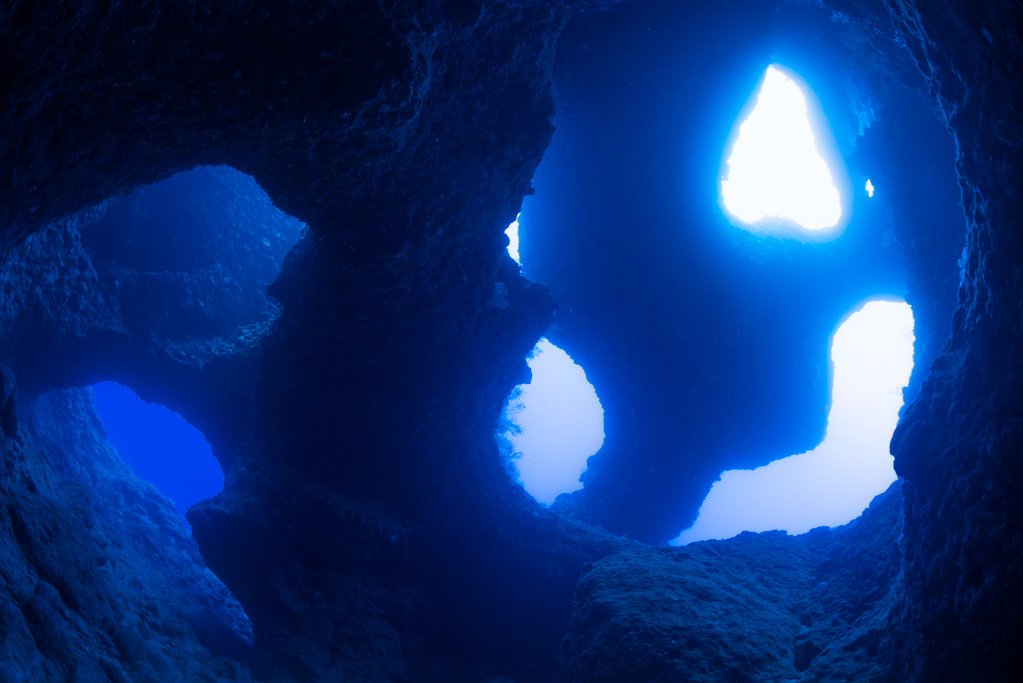
Located one hundred and ninety miles south of Okinawa’s main prefecture, the magical islands of Miyako are home to Yabiji, a true natural wonder. Yabiji stands as Japan’s largest coral reef group, a testament to the region’s rich biodiversity, and is conveniently located off Miyako’s northern island of Ikema. Snorkelers are in for a treat, as they can easily spot over 100 diverse coral reefs thriving in the shallow, crystal-clear waters. They can also enjoy the sight of colorful fish that roam the shores of Yoshino Beach, a picturesque stretch of sand that runs along the eastern side of Miyako Island.
However, Miyako Island is most notably recognized for its captivating network of caves, grottos, seawalls, and arches, offering a unique and adventurous diving experience. These geological formations are largely concentrated along the northwestern coastline of Irabu Island, which is easily accessible from Miyako via a convenient 2-mile bridge. One particularly popular dive spot is an underwater shelf aptly named Mao no Kyuden, which translates to “Devil’s Palace.” This name is derived from its palatial set of limestone caves, which create a dramatic and awe-inspiring underwater landscape. However, local dive operators possess a wealth of knowledge regarding other spectacular sites in the area, ensuring that you’ll have your fill of breathtaking underwater scenery to explore.
## Ishigaki Island: Manta Rays and Mushroom Corals
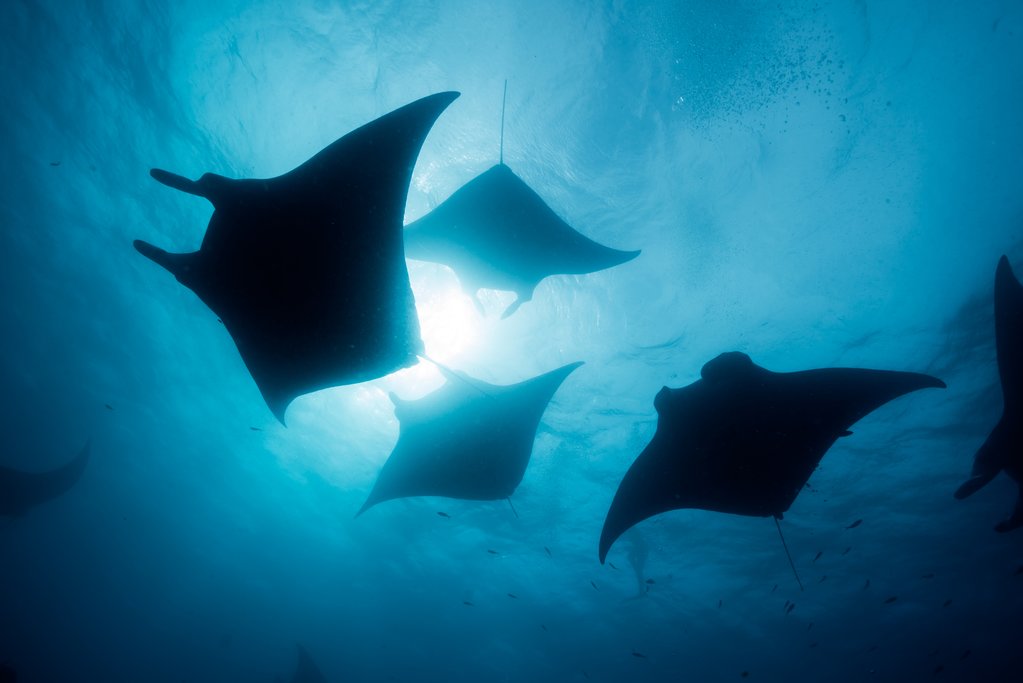
Ishigaki is an integral part of the Yaeyamas, Japan’s southernmost island group, offering a unique cultural and natural experience. The island is particularly renowned for Manta Scramble, a local dive spot that has gained international acclaim. As the name suggests, the star attractions of this dive site are its magnificent manta rays, graceful giants that glide effortlessly through the water. Sightings are virtually guaranteed between the months of July and September, the peak season for manta ray activity, when you’re almost certain to catch them gliding along in large groups. However, even travelers who visit outside of these prime months still stand a remarkably good chance of spotting one of these incredible creatures.
Novice divers will find plenty to enjoy at Osaki Hanagoi, a dive site that boasts vibrant coral reefs and brightly colored schools of reef fish. The gentle currents and shallow depths make it an ideal location for beginners to gain confidence and experience. Other shallow, mellow reefs that are well-suited for beginners include the uniquely named Mash I and Mash II, known for their distinctive mushroom-shaped coral topography. If you’re more inclined towards snorkeling, then head to the dreamy, white sand beach of Yonehara, located on Ishigaki’s northern shoreline. Here, you’ll discover another fabulous spot for getting a peek at the colorful sea life that inhabits these waters.
## Yonaguni Island: Mystery and Marine Encounters
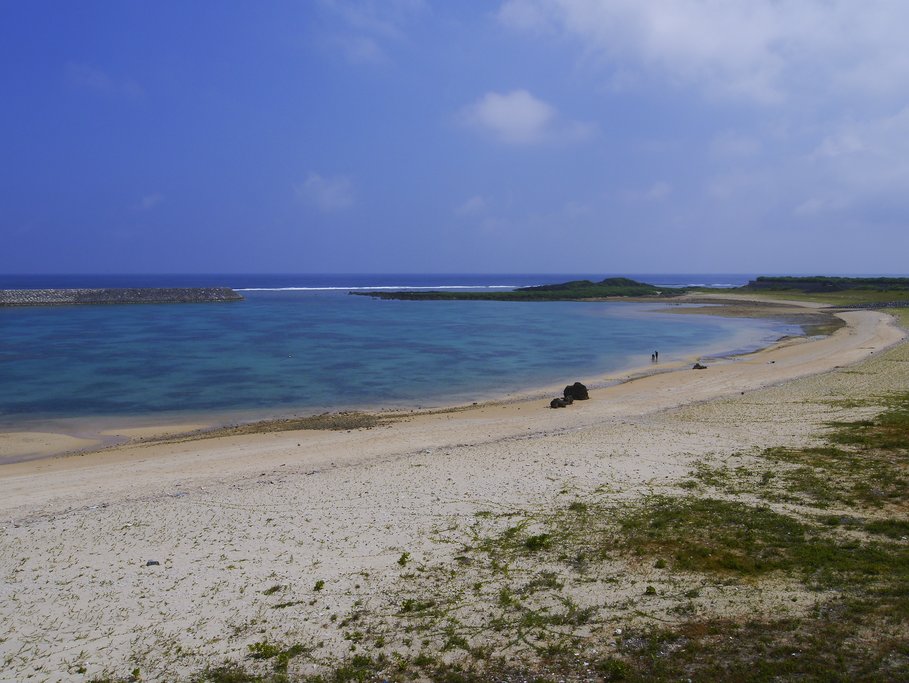
Remote and windswept, Yonaguni stands as Japan’s westernmost inhabited island, a truly unique and captivating destination. Its first-rate dive sites attract visitors from all corners of the globe, but it’s important to note that advanced technical skills are typically required to navigate the ocean’s strong currents that characterize the area. Experienced divers can venture to the beguiling ruins of Kaitei Iseki, often referred to as Japan’s own possible Atlantis. Discovered quite by accident by a dive tour operator in 1985, experts have been engaged in an ongoing debate, unable to reach a consensus on whether the underwater rock formations are the result of natural geological phenomena or compelling evidence of a long-lost submerged civilization. You can weigh in on the mystery by taking a first-hand look at this intriguing and controversy-courting site. As an added bonus, during the winter months, you’ll have the chance to glide past impressive schools of hammerheads, moray eels, and sea turtles, making the dive even more unforgettable.
If your underwater skills aren’t quite advanced enough to chance a dive in these challenging conditions, there’s no need to worry. Yonaguni Island is teeming with curiosities and attractions for non-divers alike. Many of the island’s dramatic rock formations jut out from the ocean, providing ample opportunities to check out the spectacular scenery while staying dry and keeping your head comfortably above water. Animal lovers will undoubtedly appreciate the island’s resident population of shaggy, wild horses, which roam freely across the landscape. And of course, you can also indulge in a fresh taste of *awamori*, a tasty and distinctive indigenous Okinawan liquor distilled from rice.
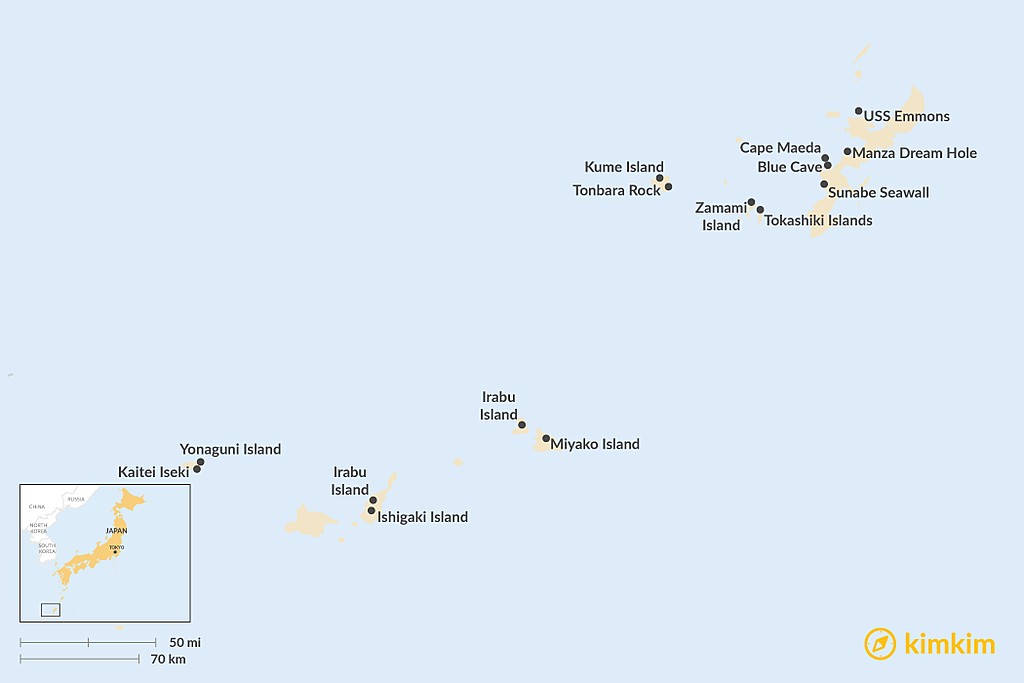
B-1451

